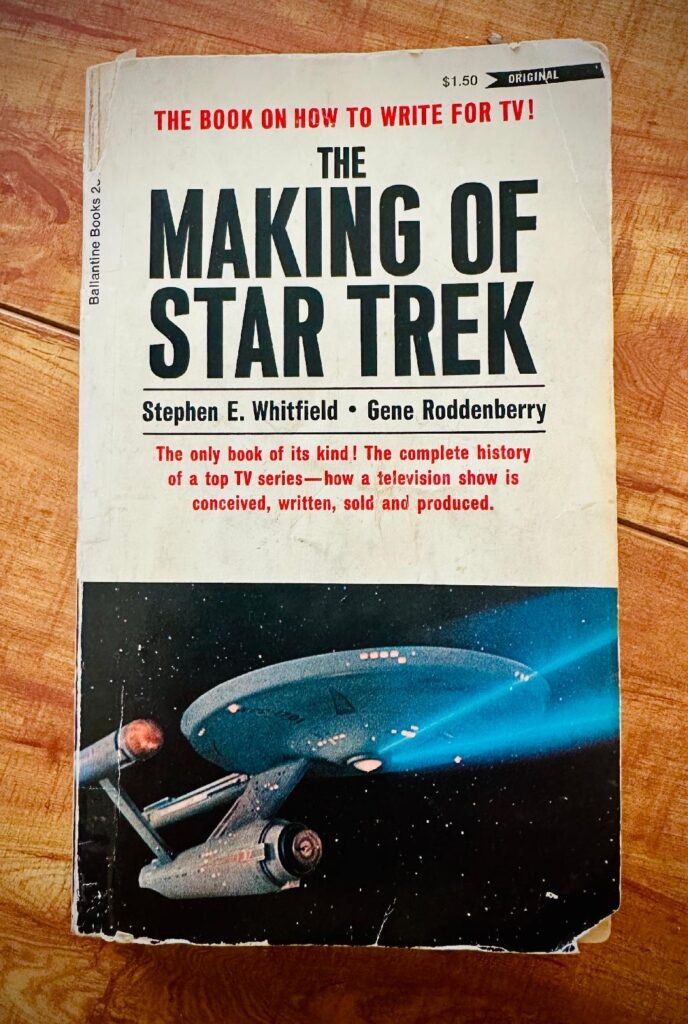
I could have pursued the easier more modern route by introducing Star Trek to my partner, Tori, beginning with TNG or current programs like Strange New Worlds or Discovery, as the look and storytelling methods are concurrent with today’s audiences. Yes, I’m aware that TNG was over thirty years ago, but it stubbornly holds up. Upon introduction, the original Star Trek series may seem dated, hokey, and a product of its time to those unfamiliar with the series. However, my short answer to defy conventional “wisdom” and start from its inception is simple: TOS has all the essential ingredients. Without those precious three seasons, we would have nothing. Besides, I took a gamble on the long view approach, being that over time one could have a deeper appreciation once made aware of ST‘s humble beginnings. The odds were not in the show’s favor as it was unlike any other television production.
The Making of Star Trek by Stephen E. Whitfield is a rare document of those early days from Gene Roddenberry’s earnest efforts to sell his idea to a network to the conclusion of the second season. Published in 1968, (between the second and third seasons) Whitfield gets more than a piece of the action. His up-close experience behind the scenes is very intimate, as he engages with the creator, cast, and crew. Stephen was originally assigned to collect information from Desilu and NBC on behalf of his client AMT Corporation for their interest to sell ST model kits. This evolved into a book, an account of his broad access inside the making of a television production.
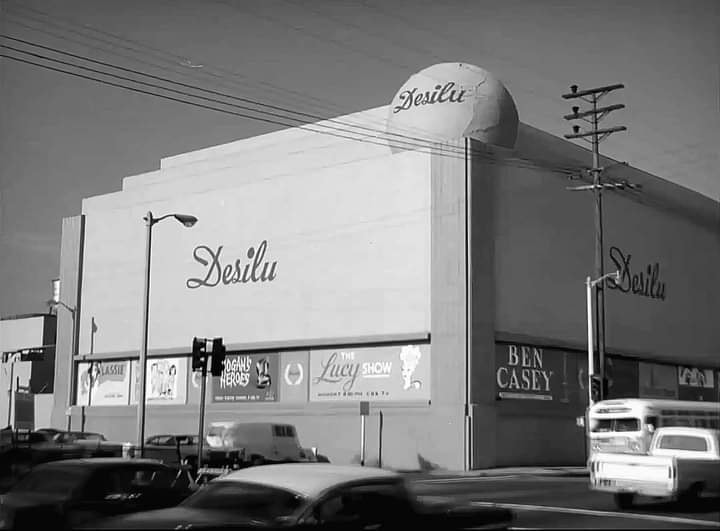
The author’s narration is accompanied by direct quotes from Roddenberry (IN ALL CAPS) along with office memos between various departments. Those memos at times are colorful, clearly showing that this was a unique group of professionals that had not only a determination to make the series successful but also had a keen sense of humor even when times were tough and believe me, this was not an easy show to make. One huge takeaway from the production of ST is the camaraderie parallel to the lead characters of the show itself. Whitfield illustrates the various put-ons that many were subjected to including the prank on Leonard Nimoy when the crew kept hiding his bicycle. The blooper reels seen by many in terms of the antics behind the scenes is only the tip of the iceberg.
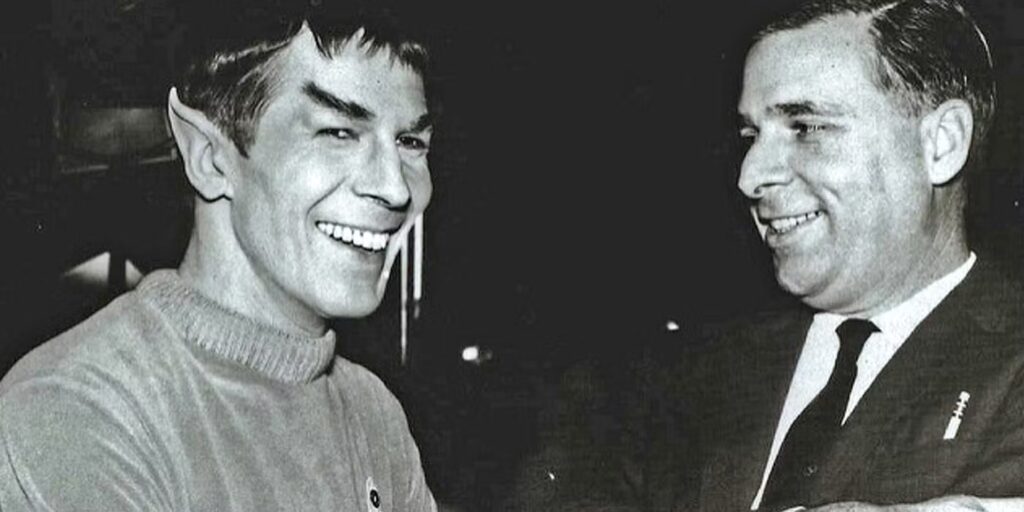
The filming of the first pilot (“The Cage”) is a testament to how the odds were always stacked against ST even after NBC agreed to film it. It should be noted that a completed pilot is not a guarantee for eventual broadcast. Most pilots don’t make it past executive screening. “The Cage” was not shot at Desilu in Hollywood where all the modern soundstages and equipment were, but rather at another affiliated studio in Culver City that was antiquated, a relic of the silent era with no soundproofing. The men’s toilet was outside the set and could be heard during filming. Even the sound of the water running through the pipes could be picked up. This resulted in the men’s room being closed off for periods. This alone raised suspicion in Roddenberry. This is just one of a myriad of stories that are rarely spoken of now.
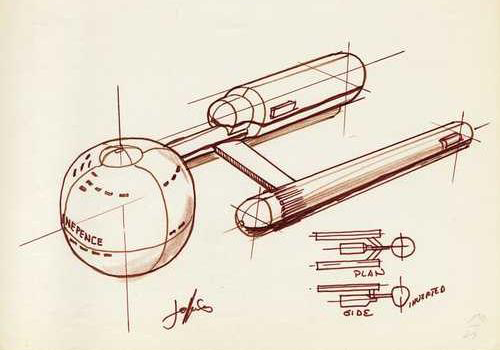
Scientific/technical accuracy, deeper stories, diversity, and believability were a few ingredients to distinguish ST from previous shows and serials in the genre. Until then, the best science fiction was still in books with other exceptions such as The Day the Earth Stood Still and Forbidden Planet. It’s a plausible future that Gene was aiming to capture and share with an audience. The book illustrates the meticulous efforts behind the making of the show with the help of certain experts in the fields of (respectively) aerospace and research such as the RAND Corporation. Personal correspondences are well documented between Gene and members of the Air Force as part of his research while creating the first pilot. All aspects of future life were considered, from how the ships would look and function to simpler things often not considered like kitchen utensils. Worldbuilding was not an afterthought.
The Making of Star Trek is a guide for anyone interested in how a television series is produced from an episode’s initial conception to when it is finally aired. Although the methods are outdated, the goal and various roles remain unchanged. Instead of cutting and splicing film during the editing process, footage is now arranged on a computer. However, at the time no show had attempted to go to the lengths that ST did such as the imagination and ingenuity that went into the opticals. The special effects always seemed to be the variable that could make or break whether an episode would make its air date, which nearly happened a few times. The first season was especially plagued with production cliffhangers, nail-biting weeks of working virtually around the clock to meet every delivery date. Needless to say, all hands, especially a director had to be in good health to avoid collapsing under the pressure.
There are so many heroes in this story, (both popularly noted and unsung) that were behind the genesis and magic of this beloved show. Art Director & Designer Matt Jefferies, Assistant Director Robert H. Justman, Writer and Editor D.C. Fontana, and Head of Desilu Herbert F. Solow, (a champion for the fledgling series in the early days) are just a few that faced seemingly daily impossible tasks. After reading this book, I’m in awe of all those names during the end credits.
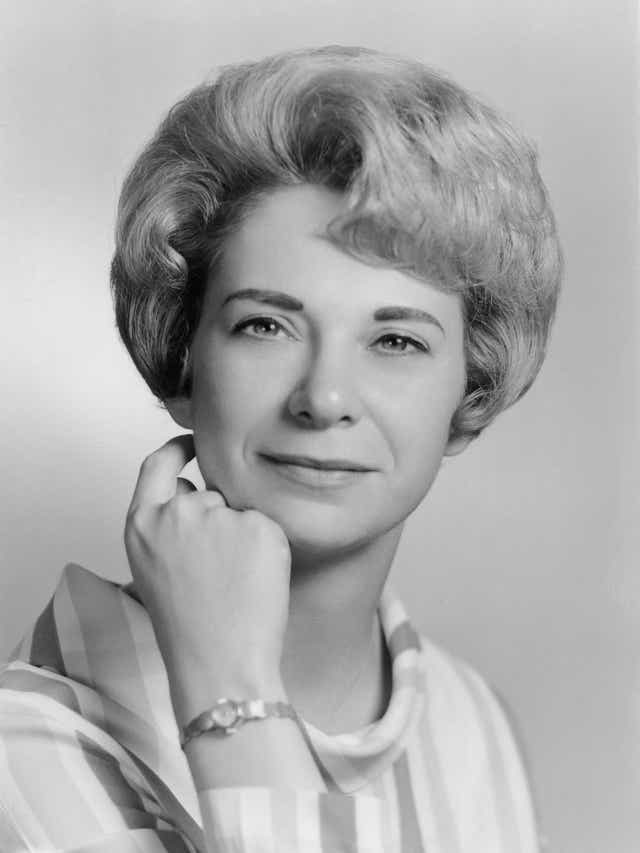
The writing is easy to follow, as it puts the reader on the backlot, in the offices, on the sets, but above all into the minds of those involved. It’s a glimpse of the personalities of this ensemble, a time capsule of a brief story that eventually sparked so many others. I effortlessly warped through 400 pages in one week, a record for me. I tend to read slower. Needless to say, I recommend this book. It’ll provide the reader with a greater context of the story behind Star Trek, something that perhaps we take for granted. It’ll put you in the middle of the chaos, the close calls, the heartbreaks, the occasional glories (reference McCoy’s speech on love in “Requiem for Methuselahs”), and so much more. In essence, it should deepen one’s understanding and appreciation.
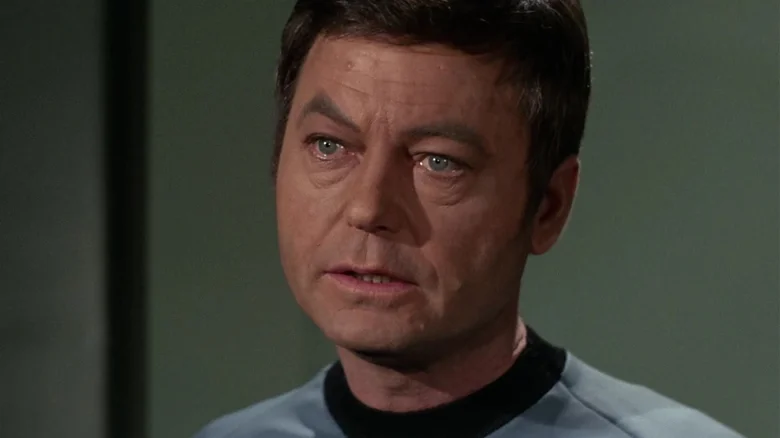
It’s amazing that Star Trek even happened and continues to prosper 60 years later. The experience of watching TOS has evolved ever since I was first introduced. First, it was the characters and adventures that kept me coming back. As I matured, I grasped the social commentary disguised under the surface. In recent years, I have watched each episode with a critical eye, intrigued by the production and nuances that I missed before. Now, I have been introducing ST to someone who never before had any interest in it…..Until she met me. Heh.
It is part of my mission to encourage newcomers to have an enlightened view of TOS, which involves overcoming the threshold of contemporary production standards we hold now. This book is the key to putting aside our biases and leaving our assumptions of the era at the door. The irony here is the journey behind it all is still as relevant as the themes portrayed in front of the camera. In short, The Making of Star Trek is essential reading from any cadet to the tenured fan.

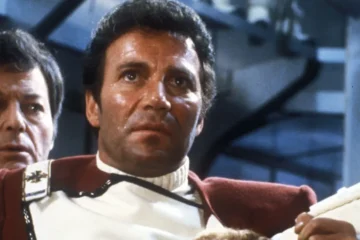

1 Comment
David Bailey · December 30, 2024 at 12:46 pm
Excellent review of the book, I read it when it came out, it was the only book put out when the show was still in production, I found it to steal a line, Fascinating!